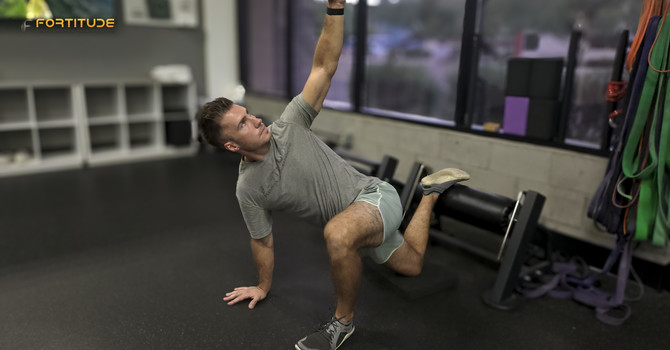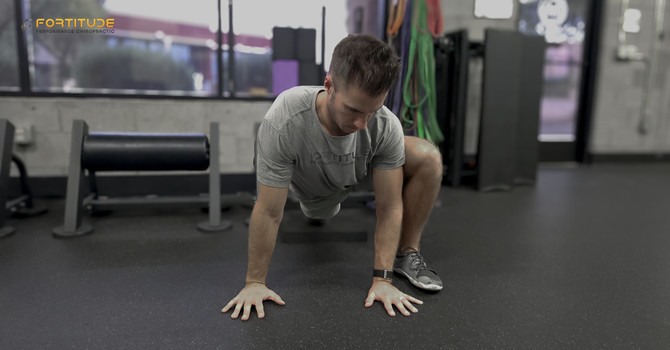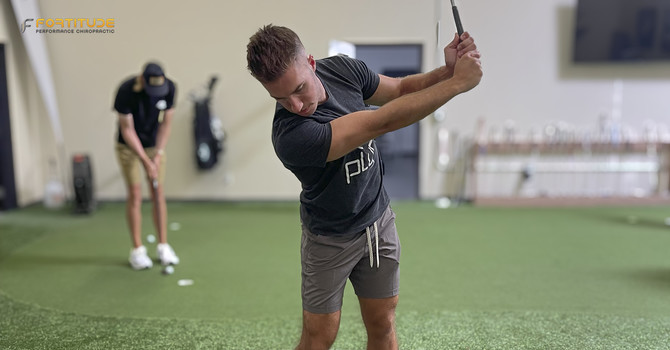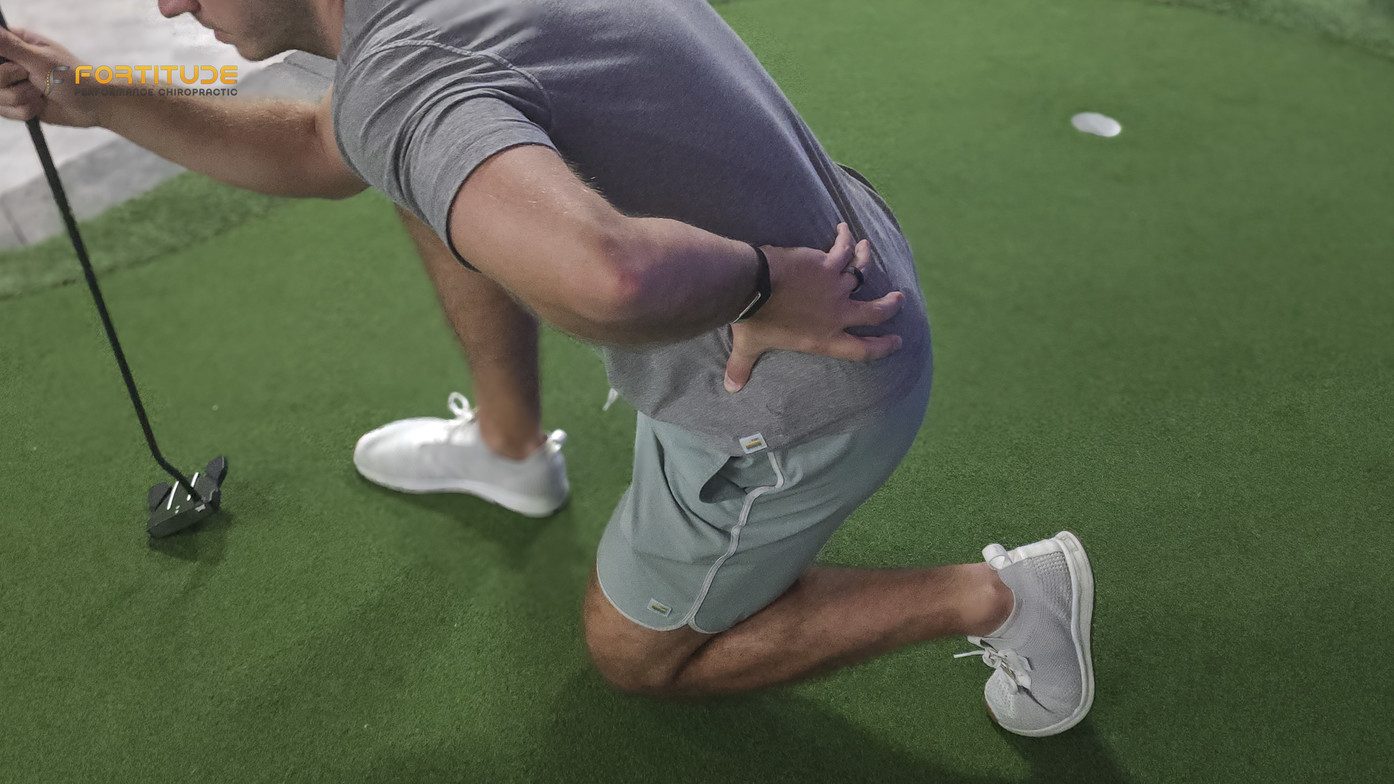
A Scottsdale sports chiropractor’s guide to back, neck, and elbow pain that keeps coming back.
Imagine this: It’s a perfect morning in Scottsdale and you’re ready for 18 holes. By the 7th, your low back is tightening up. On the 10th tee, your neck feels stiff when you turn to watch the ball. By the end of the round, even your elbow is throbbing. You love golf, yet the recurring aches never seem to fully go away. You’re not alone. Many middle‑aged and senior golfers feel stuck in a loop of quick fixes that do not last.
Why do these injuries keep coming back? In a word: mismanagement. Too often, we treat the symptom (pills, stretching the sore spot, a few days off) instead of the reason it keeps flaring up. Below, we break down the three most mismanaged golf injuries and show a clearer path forward that puts root cause first.
Low Back Pain
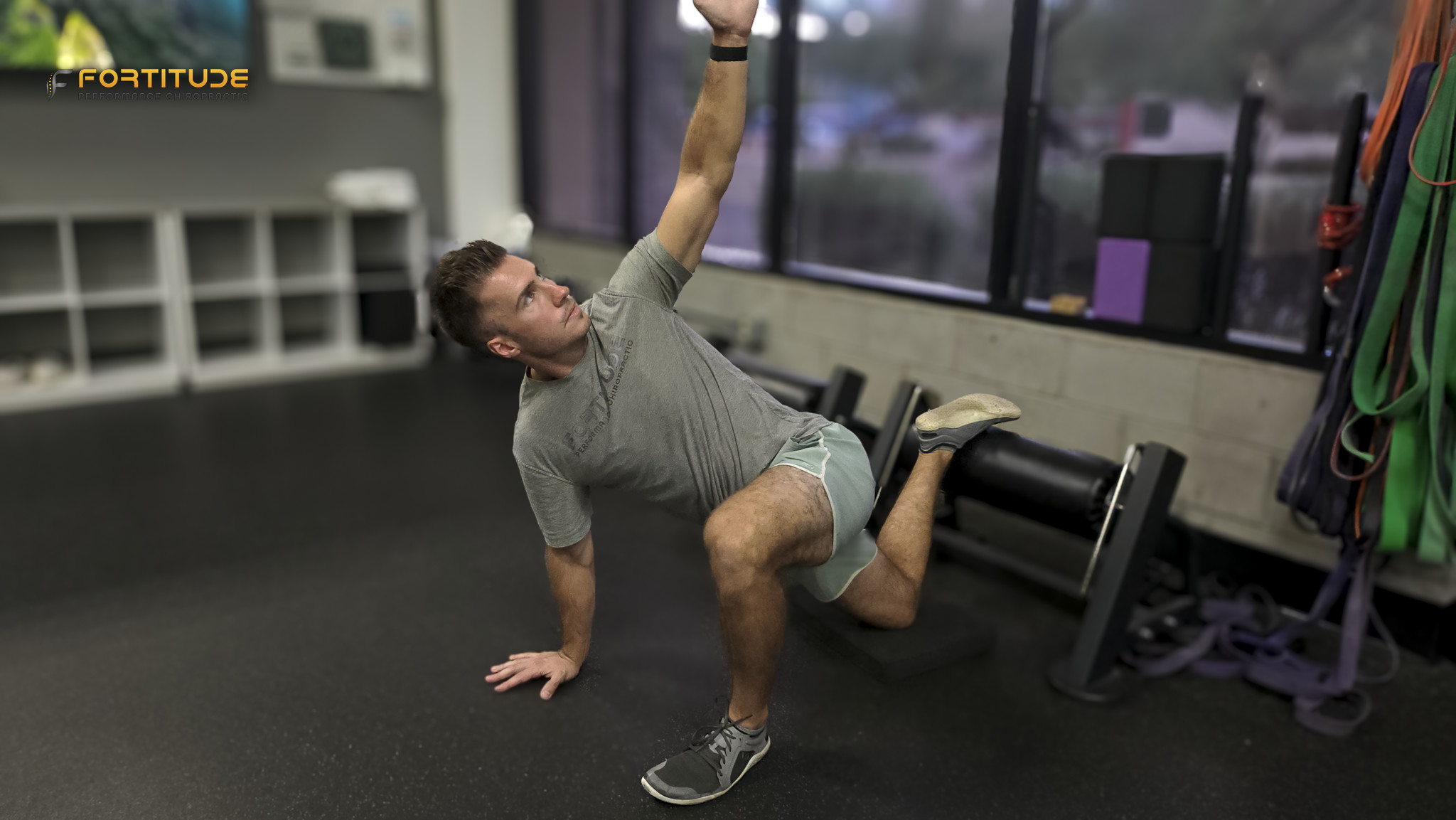
Lower back pain is one of the most common complaints among golfers. Common does not mean normal or inevitable. The mistake we see most is focusing only on the back: rest for a week, stretch the back, wear a brace, hammer core work, then return to the course. Relief is temporary because the back was never the only problem.
What is really going on: Your body works as a chain. When one link under‑performs, another over‑works. In golfers with persistent back pain we frequently find a mix of the following, often in combination:
- Stiff hips that limit rotation, so the lumbar spine twists more than it should.
- Core that is strong but mistimed, so the spine is not supported during load.
- Rigid thoracic spine and rounded posture, which push rotation into the lower back and even the neck.
- Old injuries or imbalances that changed how you load during the swing.
The result is a back that acts like the hero, doing a job it was not designed to do.
“A golfer came in with ‘tight low back pain’ by hole 12 every round. He had a strong core. The real problem was stiff hips and a locked mid‑back, so his lumbar spine over‑rotated. Once we restored hip mobility and taught thoracic rotation, the back pain disappeared.” - Dr. Molly
How we actually fix it: We start with a golf‑specific movement assessment to find why the back is overloaded. We look at hip rotation, hinge mechanics, core control, and mid‑back mobility. Care blends hands‑on treatment with targeted rehab. For example, adjustments and soft tissue work to free the hips and T‑spine, then drills that retrain your hinge and rotation so load is shared. Small setup or follow‑through tweaks can lower lumbar stress and often add effortless distance.
Neck Pain
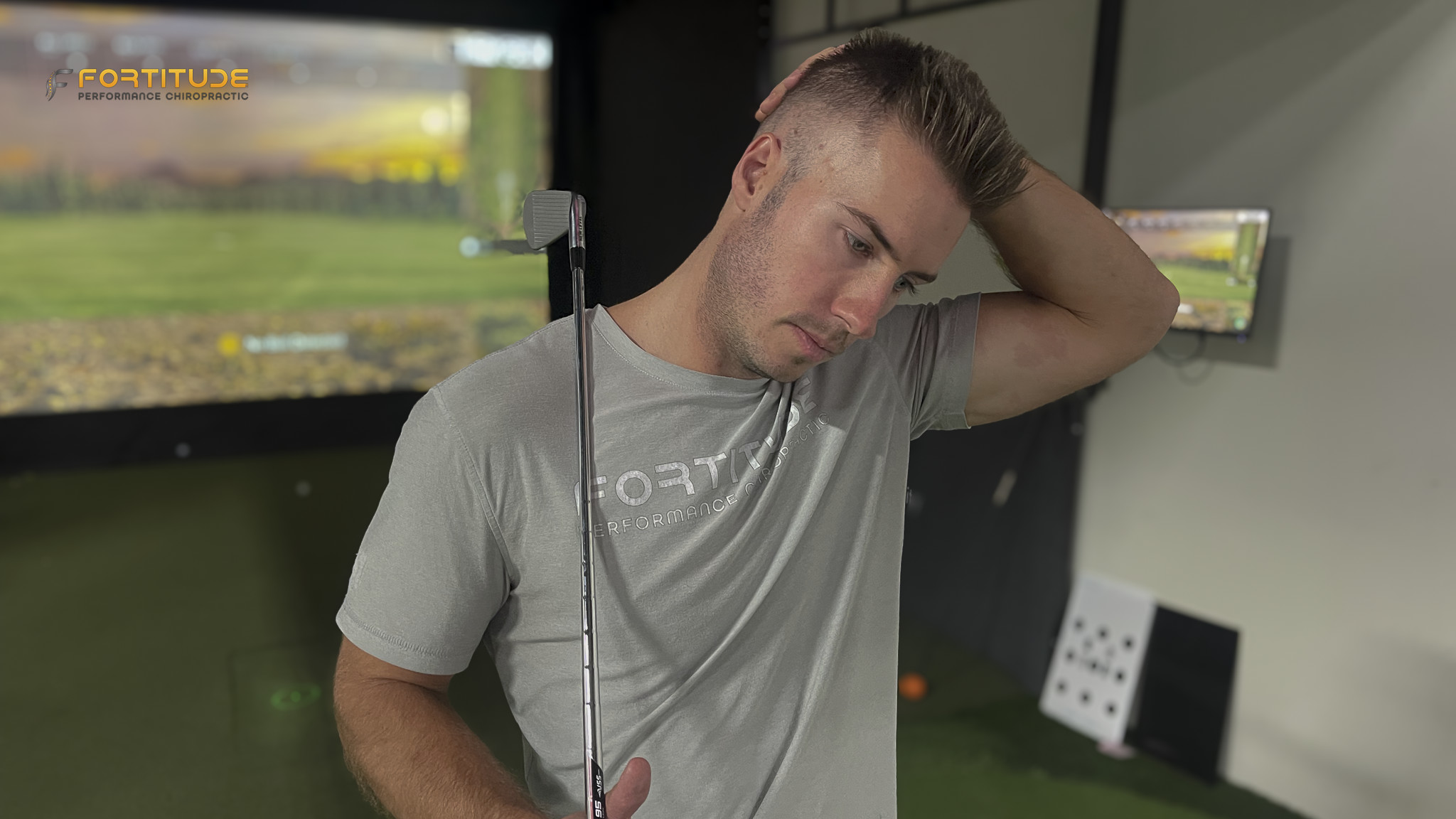
Neck pain gets dismissed as stiffness or age. Many golfers self‑treat with heat, quick neck tilts, or pain meds. Relief is short because the neck is rarely the true driver. In a good swing, the big rotation should come from your thoracic spine and shoulders. If those are stiff, the neck compensates.
What is really going on: We often find limited thoracic rotation, tight or weak shoulders, and forward‑head posture at setup. That combo forces the cervical spine to crank through range it does not own. Repeat that for 18 holes and the joints and small stabilizers get irritated.
“One golfer finished every round with a sore neck. His upper back was rigid and his lead shoulder lacked rotation, so his neck did the extra work. We restored T‑spine motion and shoulder mobility, then added scapular stability drills. The next round he reported zero neck pain and a freer follow‑through.” - Dr. Maxim
How we actually fix it: We examine the whole upper quarter: neck, shoulders, and mid‑back, plus your address and follow‑through positions. Treatment blends cervical and thoracic joint work with soft tissue release, then deep neck flexor training, scapular control, and rotational drills. When the mid‑back and shoulders move and the core supports, the neck finally gets to relax.
Elbow Pain (Golfer’s Elbow)
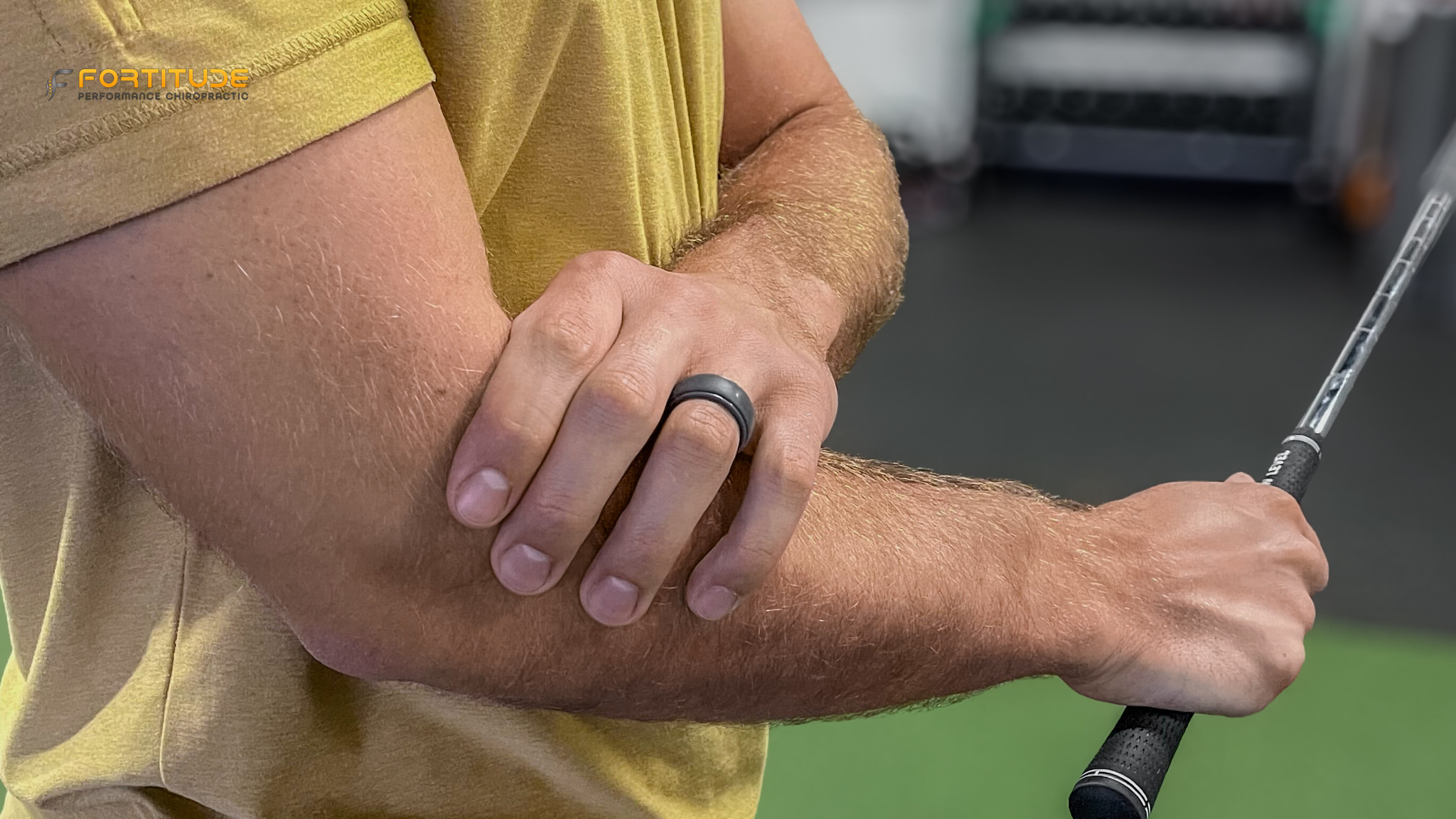
Medial epicondylitis, better known as golfer’s elbow, is a tendon overload at the inner elbow. Many golfers rest it, ice it, use a strap, then jump back in. Without changing how you load the swing, the pain returns. Injections can numb things for a while, yet if the reason for overload remains, the cycle repeats.
What is really going on: The elbow sits between powerful joints. When the shoulder lacks stability, the mid‑back is weak, or the wrist is stiff, force dumps into the forearm flexor tendons. Technique matters too. Early release, casting from the top, or over‑gripping the club spike stress at the elbow.
“A golfer battled inner elbow pain every season. Rest helped, then it came back. Testing showed poor scapular stability and limited wrist mobility. We built shoulder control, improved wrist function, and treated the tendon locally. The pain resolved and stayed gone when his practice volume increased.” - Dr. Maxim
How we actually fix it: First we calm the tendon with precise loading, manual therapy, and, when appropriate, tools like dry needling. Then we correct the sources of overload: shoulder and scapular stability, wrist mobility and strength, grip endurance, and better sequencing so the hips and trunk lead. Your plan is individualized to how you swing and recover.
Bringing it together
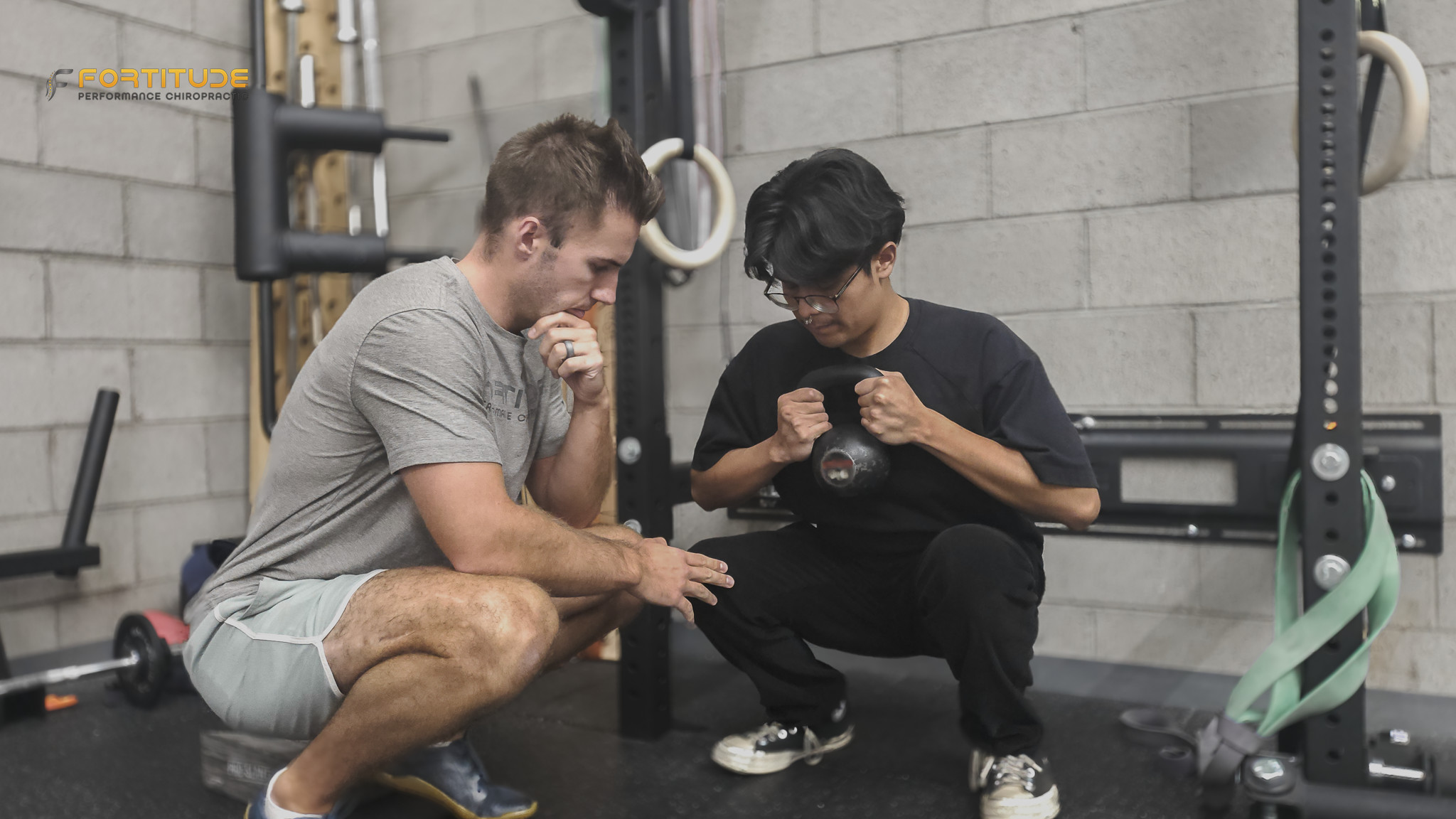
Across back, neck, and elbow pain, the pattern is the same: treat the source, not just the sore spot. With the right assessment and a movement‑first plan, most golfers feel better, move better, and often swing better. If you want help sorting out which links in your chain need attention, our Scottsdale team is here to assess, explain, and coach you through a plan that makes sense for your body and your goals.
Submit a form to book a free discovery call, or explore care options on our website. No pressure, just a clear path forward.
FAQ: Golf Injuries and Smart Fixes
Is golf bad for my back?
Not if your body shares the work well. Back pain usually shows up when hips are stiff, the mid‑back does not rotate, or the core is not supporting. Improve those links and the swing gets safer and easier.
Should I play through pain or rest?
Sharp or radiating pain means stop and get checked. Mild stiffness that eases with a warm‑up can be okay to play, yet if it keeps returning, get assessed so you can fix the reason, not just take another rest week.
What is the best warm‑up before a round?
Aim for five to ten minutes of dynamic moves: hip and torso rotations, leg swings, arm circles, and a few smooth practice swings. Show your body the motions you are about to ask from it.
Can a sports chiropractor really help with golf injuries?
Yes. A golf‑savvy sports chiropractor evaluates your swing demands and your movement, then blends hands‑on care with targeted rehab. The goal is durable change, not just a short‑lived pain dip.
How do I keep golfer’s elbow from coming back?
Build grip and forearm capacity, improve shoulder and scapular stability, and check your sequencing so the hips and trunk lead. Progress practice volume gradually and keep a simple recovery routine between sessions.

Fortitude Performance Chiropractic
Contact Me
